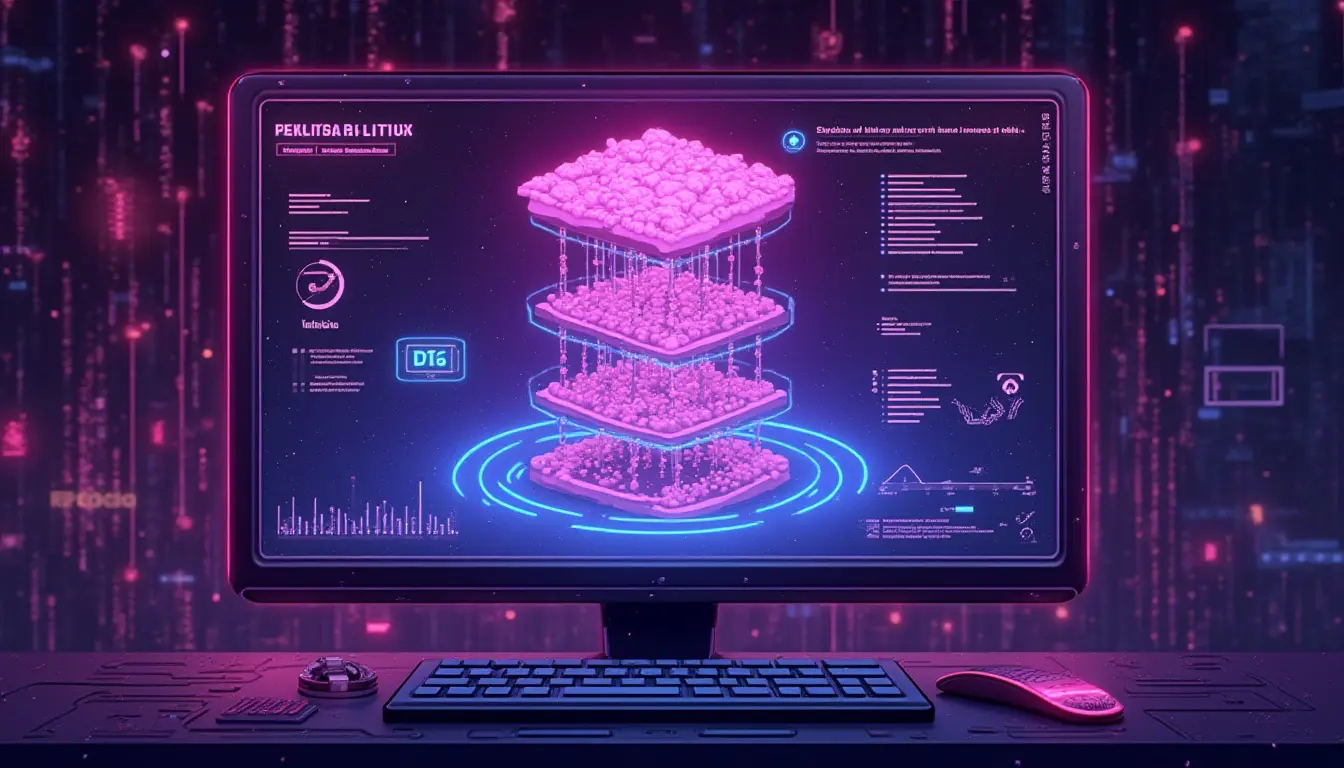Batch Normalization: The Revolutionary Deep Learning Breakthrough

Share
Table of contents:

Imagine training a neural network where every layer fights against chaotic, shifting inputs. That's exactly what happened before batch normalization emerged as deep learning's game-changer, transforming unstable training into smooth, predictable convergence.
Understanding the Core Mechanism
Batch normalization tackles internal covariate shift - the phenomenon where input distributions change as previous layers update their weights. This creates a domino effect of instability throughout the network.
<p>The technique works through elegant mathematical steps. For each mini-batch, it calculates the mean (μ) and variance (σ²), normalizes activations, then applies learnable parameters gamma (γ) and beta (β):</p> <p><strong>Formula: y = γ((x - μ)/√(σ² + ε)) + β</strong></p> <p>The epsilon (ε) prevents division by zero, while γ and β allow the network to undo normalization if beneficial.</p>
Transformative Benefits That Changed Everything
<ul> <li><strong>Explosive training speed</strong> - Networks converge 2-3x faster with higher learning rates</li> <li><strong>Gradient stability</strong> - Eliminates vanishing and exploding gradient problems</li> <li><strong>Initialization freedom</strong> - Less sensitivity to weight initialization schemes</li> <li><strong>Natural regularization</strong> - Built-in overfitting protection without dropout</li> </ul>
These advantages make batch normalization indispensable for modern deep learning architectures.
Practical Implementation Mastery
PyTorch implementation is beautifully straightforward:
python
import torch.nn as nn
self.bn1 = nn.BatchNorm2d(64) # For 64 channels
TensorFlow offers equally elegant solutions:
python
tf.keras.layers.BatchNormalization()
<p>Place batch normalization after linear transformations but before activation functions for optimal results.</p>
Strategic Alternatives and Limitations
Batch normalization struggles with small batch sizes where statistics become unreliable. Layer normalization excels in recurrent networks and transformers, normalizing across features rather than batches. Group normalization provides excellent performance with variable batch sizes by dividing channels into groups.
<table> <thead> <tr><th>Technique</th><th>Best Use Case</th><th>Key Advantage</th></tr> </thead> <tbody> <tr><td>Batch Norm</td><td>CNNs, large batches</td><td>Fastest training</td></tr> <tr><td>Layer Norm</td><td>RNNs, Transformers</td><td>Batch independent</td></tr> <tr><td>Group Norm</td><td>Small batches</td><td>Stable performance</td></tr> </tbody> </table>
Training vs Inference Behavior
During training, batch normalization uses current mini-batch statistics and updates running averages. During inference, it employs these stored averages for consistent, deterministic predictions regardless of batch size.
This dual behavior ensures robust performance across different deployment scenarios while maintaining the training benefits that make batch normalization so powerful.











